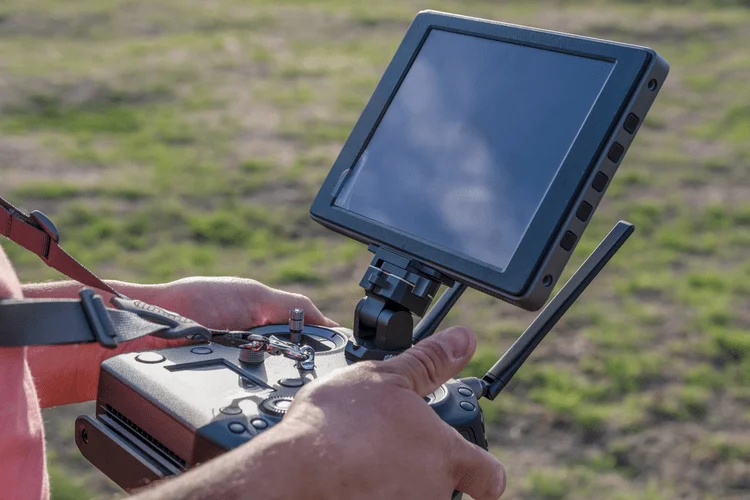Content
Each change to the GitHub repo starts a build in Azure DevOps, and a CD pipeline runs a deployment to Azure. Apart from CI/CD with Azure DevOps, these pipelines are also used to develop build-deploy-test workflows used mainly in continuous testing . Finally, search for Publish Build Artifact task in Show Assistant, give the Artifact a name, then click on Add.
Reviewing the Release Status.Click approve to kick-off the production deployment. Navigate to your GitHub account and into the views folder of the demo application. Edit the index.handlebars file to update the app to version 2.0.0. Save the Changes to the Development Stage.Head back over to the “Pipeline” tab at the top left of the screen. Inspect the deployment triggers for the artifacts as shown in Figure 17.
Announcing the GitHub Actions extension for VS Code
There will be a message saying No build pipelines were found. Therefore, a build pipeline should be created, before we import a build definition. What is Microsoft SharePoint Framework?
Once the build pipeline was published, the artifacts and the release pipeline get triggered and ask for approval to deploy the code to stage 1 i.e., Dev. When the release is completed in stage 1, it is ready to move to stage 2 i.e. staging. Again we can have approvals to make sure it is running perfectly.
How to build a CI/CD pipeline with GitHub Actions
This article will show how to take a DACPAC extract of an on-premise SQL Server database. Currently I’m trying to figure out how to update global parameters using the DevOps pipeline for different environments and am looking forwards to your article on that. We need to disable triggers in Data Factory before the deployment and enable them again once it is completed. If you have chosen Azure as your cloud partner, we would like to help you create a CI/CD pipeline for your project.
Microsoft will support both the CI/CD flows for Data Factory deployments, So below are some of the key differences between the old and the new approach. Free for public projects and 1800 minutes of runtime for private projects. Search for “UiPath Deploy” here, add it, and configure the Orchestrator connection, Orchestrator folder. Click https://globalcloudteam.com/ on “…” to browse the package path and point it to the Output directory of your folder. Finally, add a new test case to your RPA project in Studio, commit and push, then go back to Azure Repos to verify that the new commit is updated. If you can see the newly added test case in Azure Repo, you are ready to move on to the next step.
Test automation made easy
For security reasons please set a secret. In the Docker Profile, look for the tags and instead of “once”, edit with “false” and push your changes to git. A newsletter for developers covering techniques, technical guides, and the latest product innovations coming from GitHub. Explore how using GitHub and HashiCorp together enables enterprises to develop and ship to their customers faster and more secure with consistent workflows and actions. Explore how migrating your source code and collaboration history to GitHub can lead to some surprising benefits. For simplicity’s sake, I’m going to use the Open Sauced repository in my Open Sauced project.
- It is, therefore, advisable for the organizations to adopt the DevOps culture at the earliest for delivering high-quality products with reduced time to market.
- You see an audit trail of your recent changes for the build.
- We are going to use the in-house git called Azure Repos.
- You can select the Additional settings if you want to change the web app or database parameters.
- Quick Feature Upgrades – The roadmap for Azure DevOps has already been published by Microsoft and the new features are released rapidly, in a short span of time .
- Click on the title of the issue, and view all the data provided by LambdaTest.
After the CI step succeeds it will trigger a deployment to a dev deployment slot. The staging slot and production will require an approver before the app is deployed into them. Once the approver confirms that staging slot is stable, the app will be deployed to the production site. Continuous delivery or deployment is a process where code changes are continuously and automatically prepared to be released in the production environment. This will provide a deployment-ready artifact after undergoing all the testing, validation, and verification processes. This requires manual step/approval to deploy to production.
Steps
In your browser, navigate to the Pipelines | Pipelines. You should now see a build is in progress. The changes you just made are automatically azure devops services built and deployed via Azure DevOps CI/CD pipelines. The tasks are the activities your deployment process performs.
A step can be a convenient pre-built script called a task. A task can be used to help developers quickly configure a step. Now that you know the basic architecture of an Azure pipeline, let’s move on to implementing building an actual working pipeline for your project. Continuous Integration and Continuous Delivery play a vital role in the cycle of software delivery processes. CI is the modern method employed by software developers to streamline code changes, which facilitates developers to work spontaneously and collaboratively in a more reliable way.
Work at GitHub!
With the build pipeline complete and with the artifacts file published to Azure Pipelines, the next steps will be to create a release pipeline. Continuous Integration /Continuous Delivery pipelines will allow us to safely deploy a new version of the software through a path of building, testing, and deploying code. It introduces automation and continuous monitoring throughout the lifecycle of a software product, from integration and testing to delivery and deployment. It enables these teams to coordinate and collaborate in order to produce high-quality, and reliable products.
